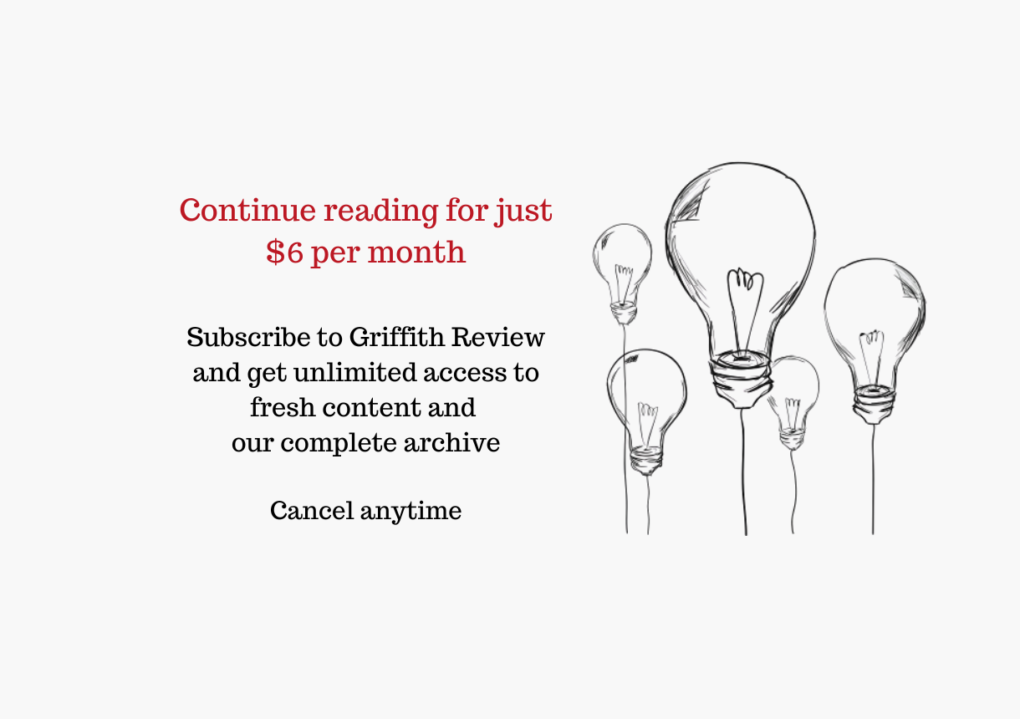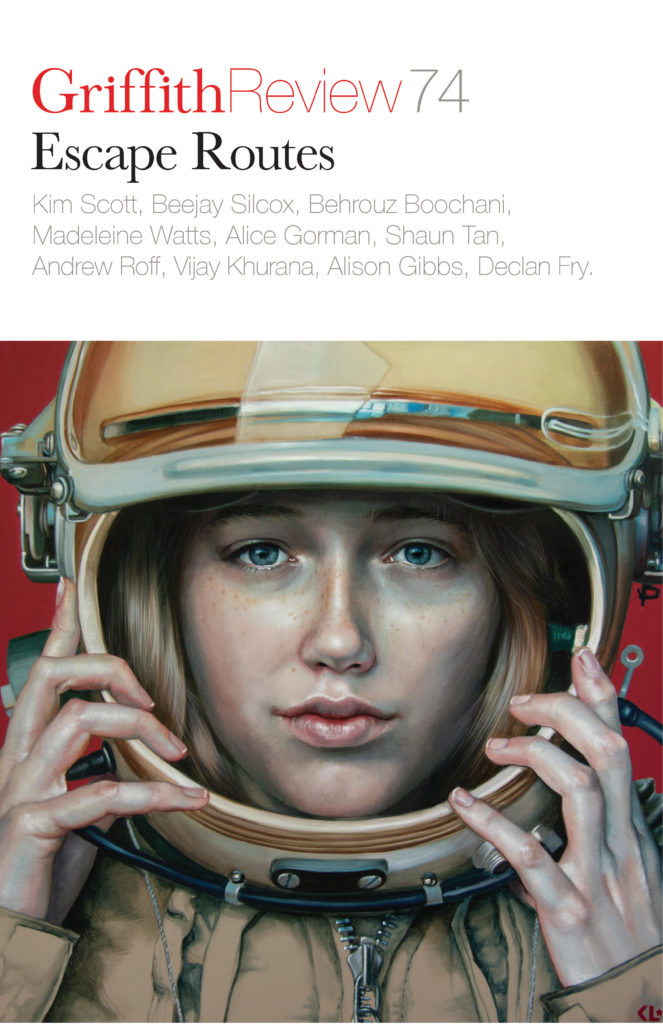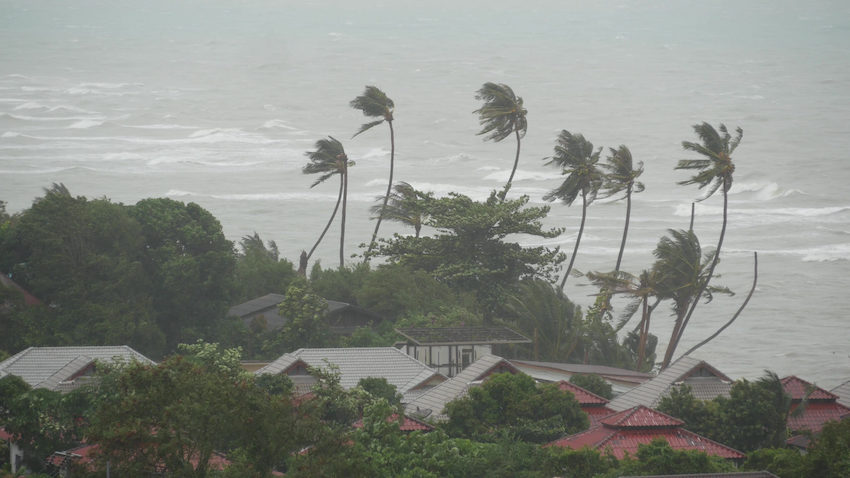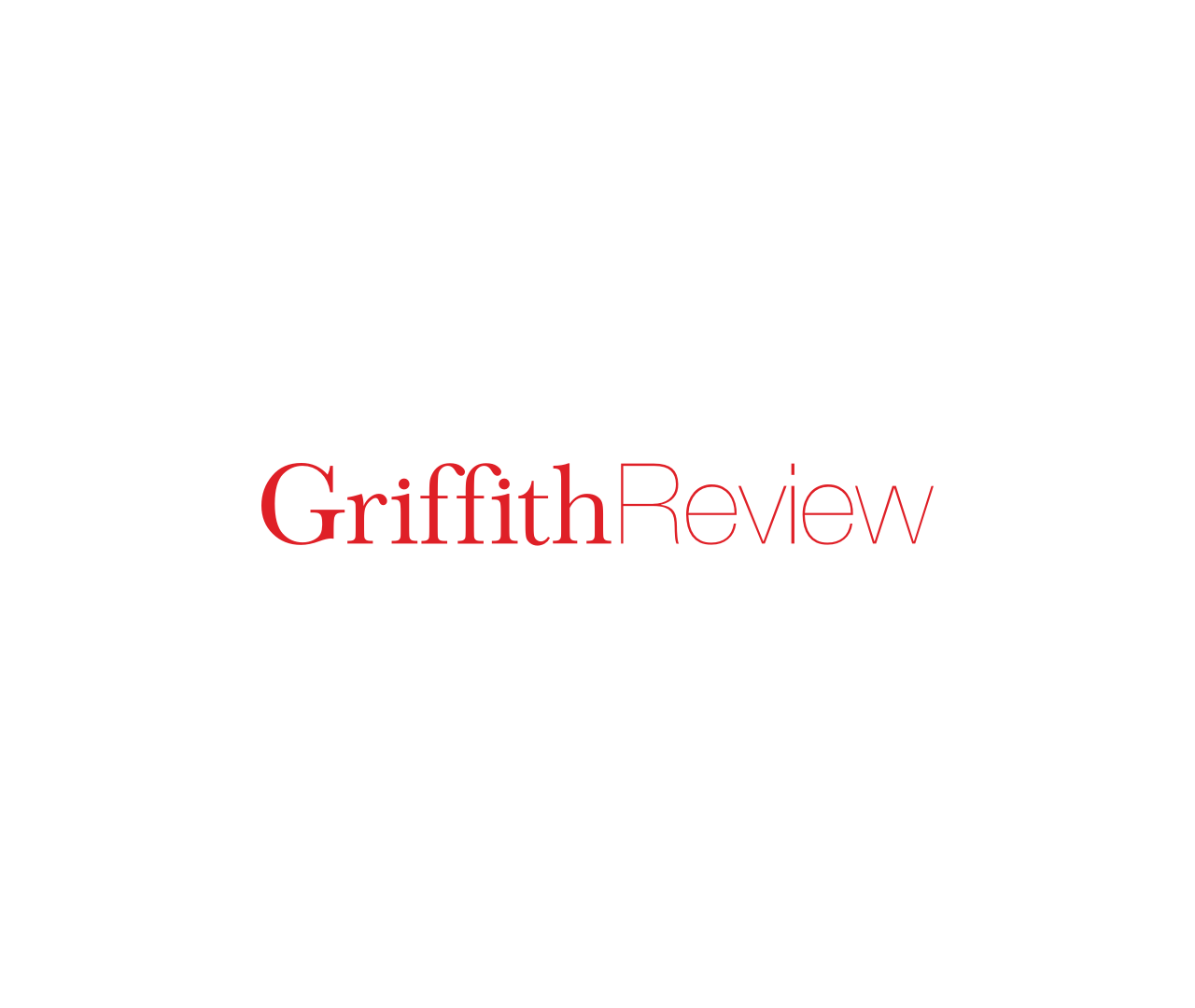IT IS FRIDAY morning in a moderately busy, inner-suburban Melbourne supermarket and I am standing a little awkwardly in the cosmetics aisle, completing a television news interview about something that is happening in the store. It is a fine day outside, mid-twenties, but you wouldn’t know it from inside the big box. Arctic conditions abide in the frozen goods section, while the breads and cereals stay dry on shelves as parched as a summer prairie. A wet tropical mist is raining down on some of the fruit and veggies, and a carefully selected palette of lighting is deployed across the huge shop with subtle precision, to draw the eye and guide the passage of the prospective buyer. There are one or two customers who are rubber-necking at the goings on, but mainly the shoppers just get on with filling their baskets and trolleys. When the questions are done and the mic cables are getting wrapped, the reporter remarks that our conversation felt oddly out of place. She’s right, I think, but here we are. Shelves of neatly stacked tubes, sprays and roll-on chemicals are an incongruous backdrop to signal the onset of the uprising. But it turns out that this particular revolutionary moment will be televised – as a pre-record from Coles in Moonee Ponds – and broadcast on the nightly news.
What we are witnessing is part of a transformative phase in the history of Australian capitalism that is of vast consequence. Just a short time earlier, atop a low podium, Coles CEO Steven Cain announced the dawn of the new. Cain is silver-haired and wearing glasses, coming across as studious in demeanour. He’s dressed in a candy-apple-red polo shirt, set off against black pants and shoes. The accompanying phalanx of visiting management and regular staff are all similarly attired and the visual effect of the massed uniforms is striking. The back of every shirt bears a bespoke ‘O’-shaped logo designed by Bundjalung-Biripi artist Nikita Ridgeway, underwritten by the slogan ‘together to zero’. The content of Cain’s speech could scarcely be more significant in the context of the global climate emergency and the urgent need for Australia to reach net-zero emissions by 2035 to do our bit towards achieving agreed international objectives. Coles will source 100 per cent of its electricity from renewable sources within four years,[i] a speed consistent with the Paris climate goal to limit temperature increase to no more than 1.5 degrees Celsius above pre-industrial levels. All of that ambient luminescence and calibrated temperature variation takes a lot of juice, so the scale of the Coles commitment is monumental: around 1 per cent of Australia’s National Electricity Market – the equivalent of every home in Tasmania – will move from being powered by dirty coal-burning power stations to renewable energy in a single stroke.

Already a subscriber? Sign in here
If you are an educator or student wishing to access content for study purposes please contact us at griffithreview@griffith.edu.au






